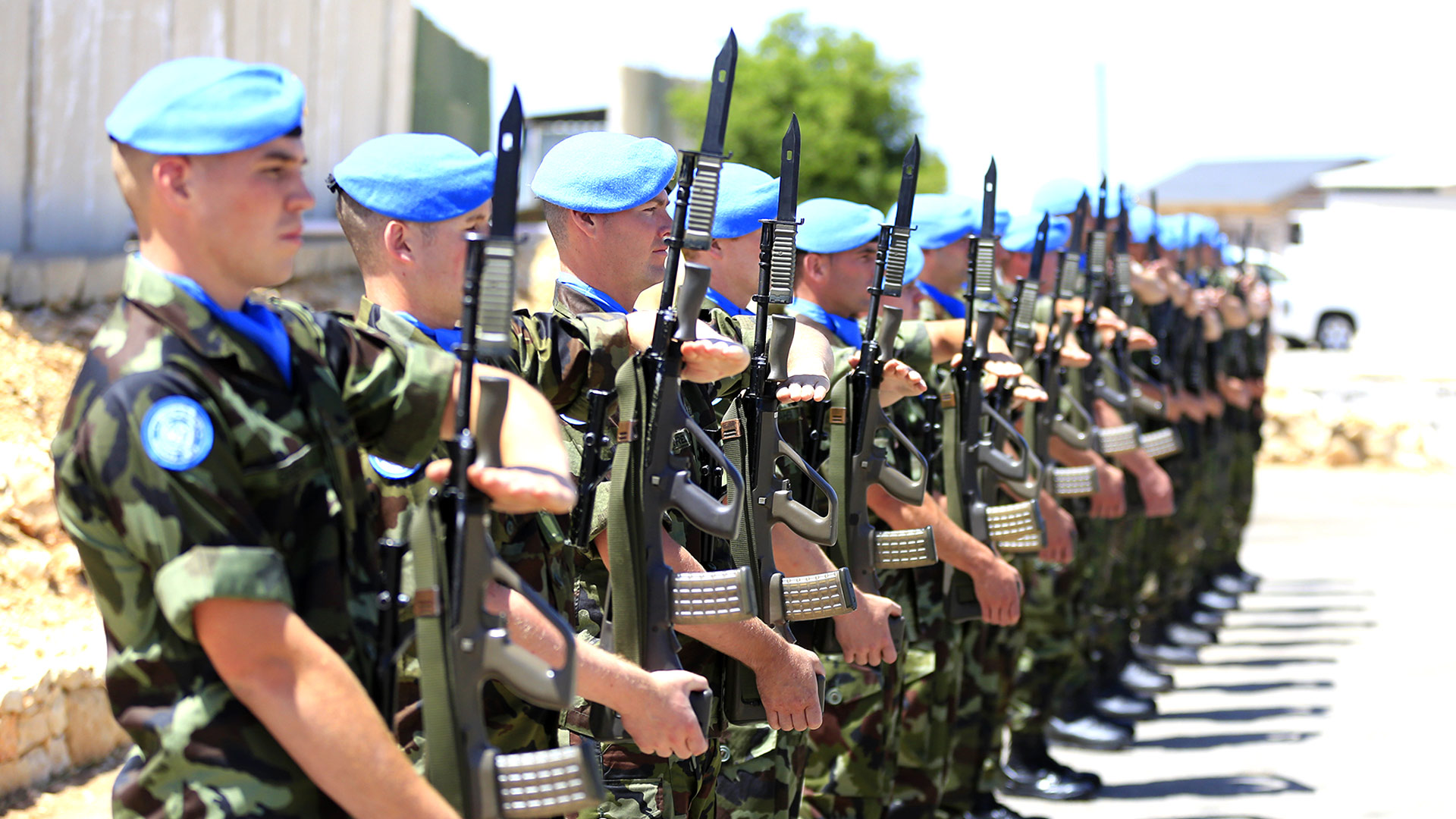United Nations Observer Group in Central America
ONUCA – December 1989 — January 1999
Central America gained independence from Spain in 1831. A short period of unity followed but local interests caused the area to fragment into five countries; Costa Rica, El Salvador, Guatemala, Honduras and Nicaragua. Over the years, numerous factions emerged which fought guerrilla wars with their own governments and supported factions in neighbouring countries. There was also considerable interference by some of the five governments in their neighbours’ affairs. Further complicating the issue was outside interference, particularly by the two superpowers. This situation led to years of terrorism and political turmoil.
In the late 1980s the five governments held meetings aimed at increasing economic co-operation and ending regional disputes. These culminated in a meeting in Guatemala, resulting in the ‘Esquipulas II’ Agreement. The foreign ministers of the five countries asked the UN for assistance in verifying aspects of the agreement. This led to the formation of ONUCA.
The group’s mission was to verify the termination of aid to irregular forces and insurrection movements, and the non-use of the territory of one state for attacks on another. In total, 260 observers were established between the headquarters in Tegucigalpa, Honduras, and 33 verification centres spread throughout the region. Twelve helicopters, six naval vessels and an aeroplane were also provided. Armed escorts were provided by the armies of countries in which the observers were operating. As the peace process developed, the arms of the Contra rebels and other groups were decommissioned and relations between the governments improved. The mission ended in January 1992.
| Operation Details |
| Ribbon for the Medal |
 |
| Duration: |
3 December 1998 — 27 January 1992 |
| Operation type: |
UN led Peacekeeping Operations (Observer) |
| Commitment: |
57 cumulative missions |
United Nations Observer Mission in El Salvador
ONUSAL – January 1992 — May 1994
On the day that ONUCA was terminated, observers from that mission converged on El Salvador to staff the new ONUSAL Mission.
ONUSAL’s establishment followed the signing of a peace accord between the El Salvadorian government and the Cuban-backed FMLN rebels, who had been fighting since 1979. The key aspects of the accord were a 50% reduction of the El Salvadorian Army; the legalising of FMLN as a legitimate political party and the destruction of its weaponry; and the establishment of a new police force to include a percentage of FMLN supporters.
Under ONUSAL’s supervision, the terms of the Accord were mostly achieved. The reduction of the Army was completed six months ahead of time, by July 1992. The FMLN was legalised in December 1992, and complete demobilisation of its troops was achieved in January 1993. Irish commitment to this mission ended in May 1994.
| Operation Details |
| Ribbon for the Medal |
 |
| Duration: |
January 1992 — May 1994 |
| Operation type: |
UN led Peacekeeping Operations (Observer) |
| Commitment: |
6 cumulative missions |
United Nations Mission in Haiti
UNMIH – September 1994 — March 1996
Conflict erupted in Haiti following the overthrow of the Duvalier dynasty which had ruled from 1957 to 1986. The Duvalier’s brutal, exploitative regime, bolstered by a 50,000-strong private militia, the Ton-Ton Macoutes, had left Haiti’s economy in ruins, making life intolerable for most of the six million residents. In the first successful democratic elections in 1990 Father Jean-Bertand Aristide, a left-wing radical priest, was elected president with 67% of the vote. Haitian Army personnel, led by Lieutenant General Raoul Cedras, staged a coup and ousted Aristide. Human rights abuses soared, boosting a steady exodus of Haitians to the nearby United States.
UNMIH was established in 1993 but due to non-cooperation from the Haitian military it could not be fully deployed.
A US negotiation team succeeded in getting Cedras to stand down and an American Joint Task Force (JTF) entered Haiti. The JTF handed over to UNMIH, which had been re-established with a new mandate by UNSCR 940. UNMIH, was tasked with assisting Haiti’s democratic government by; protecting key installations; raising the professionalism of the Haitian armed forces; creating a professional police force; and organising free and fair elections. Following the successful holding of parliamentary and local elections UNMIH’s mission was complete and the mission ended in June 1996.
| Operation Details |
| Ribbon for the Medal |
 |
| Duration: |
September 1994 — March 1996 |
| Operation type: |
UN led Peacekeeping Operations (Observer) |
| Commitment: |
6 cumulative missions |
